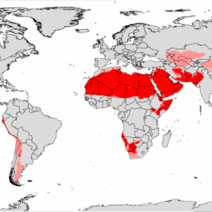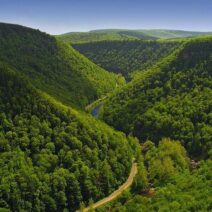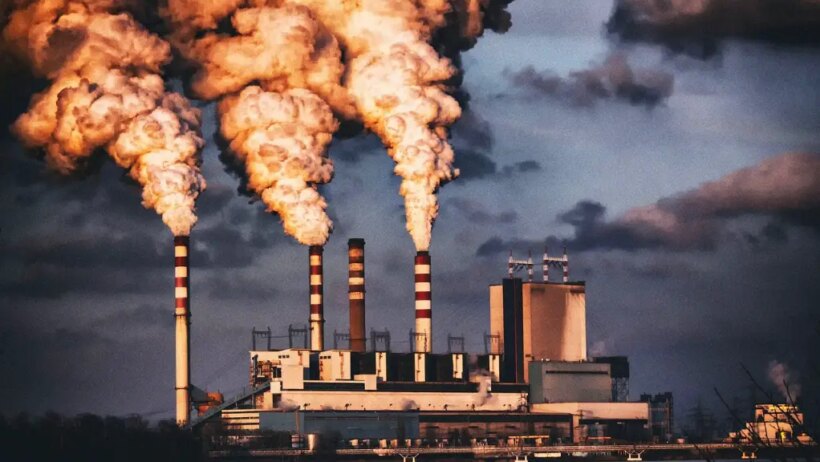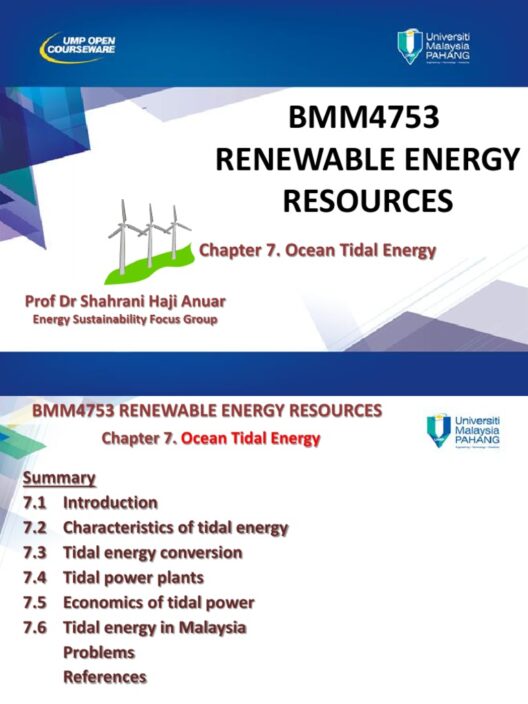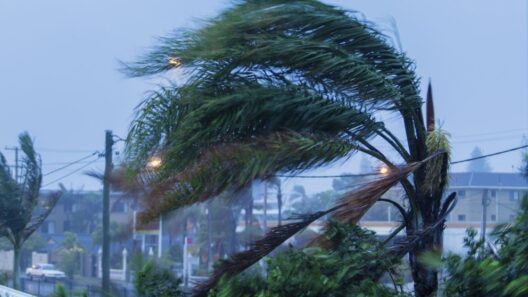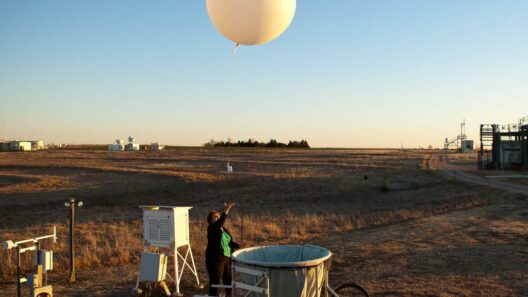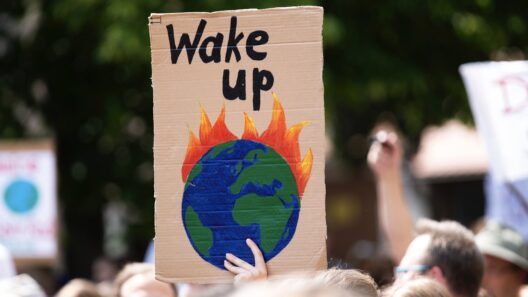As the sun rises over the Indonesian archipelago, its radiant light casts a warm glow on the numerous islands adorned with lush greenery and intricate ecosystems. However, beneath this beautiful facade lies an impending crisis that jeopardizes not only the environment but the very fabric of Indonesian society. Global warming, an omnipresent specter, looms large, threatening to unravel the delicate tapestry of life that has thrived in this region for millennia.
The issue of global warming is often perceived as a distant concern, relegated to abstract discussions among international policy-makers. Yet, for the Indonesian population—boasting an extraordinary array of biodiversity and a rich cultural heritage—the repercussions of climate change are alarmingly tangible. The rapid ascent of global temperatures is akin to a creeping tide, eroding the shores of the islands and encroaching upon the daily lives of millions of Indonesians.
First and foremost, the threat of rising sea levels cannot be overstated. Indonesia is composed of approximately 17,000 islands, many of which are perilously close to sea level. The Intergovernmental Panel on Climate Change (IPCC) forecasts that if current trends continue, sea levels could rise by up to one meter by the year 2100. This rise would inundate coastal communities, displacing families and obliterating livelihoods that depend on fishing, agriculture, and tourism. As the water swells, it becomes an unwelcome visitor, washing away homes, cultural landmarks, and sources of sustenance. The very essence of Indonesian life, entwined with the sea, faces the threat of dissolution.
Moreover, the tropical climate of Indonesia, often characterized by abundant rainfall and a robust monsoon season, is becoming increasingly unpredictable. Farmers—the backbone of the Indonesian economy—are grappling with erratic weather patterns that disrupt traditional planting and harvesting cycles. The phenomenon known as El Niño is intensifying, resulting in longer dry spells and subsequently, droughts that ravage crops. When crops fail, hunger follows suit, manifesting the immediate human cost of climate change. In this chaotic climate, the agricultural sector is not merely a source of income; it is a lifeline, integral to survival and cultural identity.
Equally alarming is the resurgence of wildfires, particularly within the vast peatlands of Sumatra and Kalimantan. These lands, regarded as one of the world’s most important carbon sinks, are increasingly vulnerable due to drier conditions induced by rising temperatures. The rampant burning of these peatlands, both from agricultural practices and accidental ignitions, releases staggering amounts of carbon dioxide into the atmosphere, exacerbating the very issue that causes their degradation. It is a heartbreaking irony—a land meant to sequester carbon is transformed into a vessel of emissions. Such wildfires not only contribute to global warming but also inflict severe air pollution, leading to health crises that particularly affect children and the elderly. The haze that cloaks the region is more than just a visual obscurity; it is a choking residue of climate negligence.
Indonesian biodiversity, celebrated throughout the world, faces an existential threat due to climate change. The archipelago is home to unique species found nowhere else on Earth, from the majestic orangutans of Borneo to the elusive Javan rhinoceros. As temperatures rise and habitats are altered, these species struggle to adapt to the shifting environmental conditions. The extinction of such irreplaceable fauna is akin to losing a piece of Indonesia’s soul—a tragic severance of the connection between its people and their natural environment. Conservation efforts, already strained by poaching and deforestation, are further complicated by an ever-changing climate, thus mandating an unprecedented and urgent recalibration of strategies.
Furthermore, global warming exemplifies inequity in its impact, revealing an unsettling truth that the nations contributing the least to greenhouse gas emissions bear an outsized burden of its consequences. As the lungs of the planet, Indonesia’s rainforests are vital for regulating the Earth’s climate. Yet, despite its significant role, the country faces the brunt of climate-induced disasters. The irony of being both a victim and a custodian of the planet’s well-being is painfully evident. The struggle that Indonesians face underscores a deeper narrative of justice within the climate change discourse—a call for collective action that transcends borders and mobilizes solidarity on a global scale.
In response to such dire challenges, a myriad of initiatives is being undertaken across the nation. Environmental activists, local communities, and indigenous groups have risen to the occasion, championing sustainable practices and advocating for policies that prioritize ecological restoration. Reforestation efforts, community-based conservation projects, and the promotion of renewable energy sources epitomize the innovative solutions that arise from necessity. These grassroots movements embody resilience and hope amidst adversity, serving as a beacon for transformative change.
Moreover, raising awareness about the impacts of global warming is paramount. Education becomes a potent tool, empowering individuals to make informed choices and advocate for their communities. The stories of those adversely affected must resonate beyond local borders, fostering a connected community that understands the shared stakes in combatting climate change. Through cultural narratives, art, and storytelling, the urgency of the climate crisis can be brought to life, proving that it is not a distant challenge but a present calamity demanding immediate attention.
Ultimately, the dialogue surrounding global warming in Indonesia must shift from mere recognition to actionable solutions. The stakes are not confined to environmental degradation; they encompass lives, livelihoods, and legacies. The urgency of this crisis is palpable, stretching across the archipelago, binding together diverse voices united in purpose. As Indonesians confront the capricious whims of a warming planet, they carry with them a profound potential to reflect and redefine their relationship with nature. In this intricate dance between humanity and environment, the future hinges on choices made today—choices that either perpetuate the cycle of degradation or pave the way for a sustainable legacy that honors the rich heritage of Indonesia.
